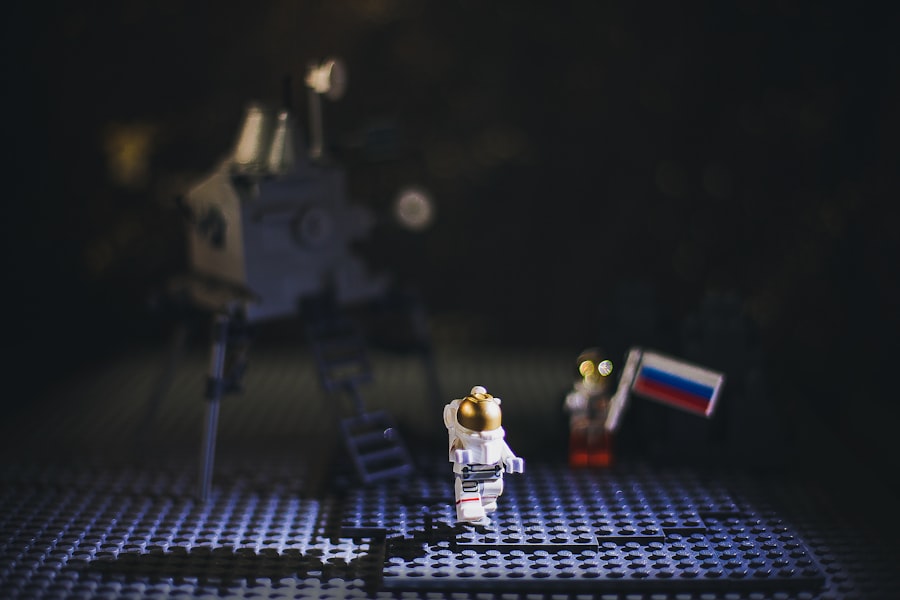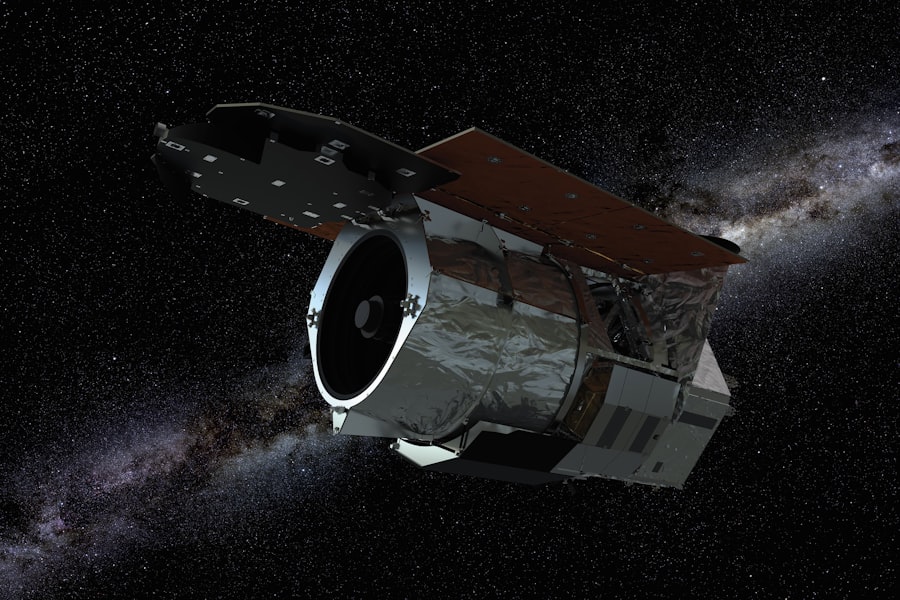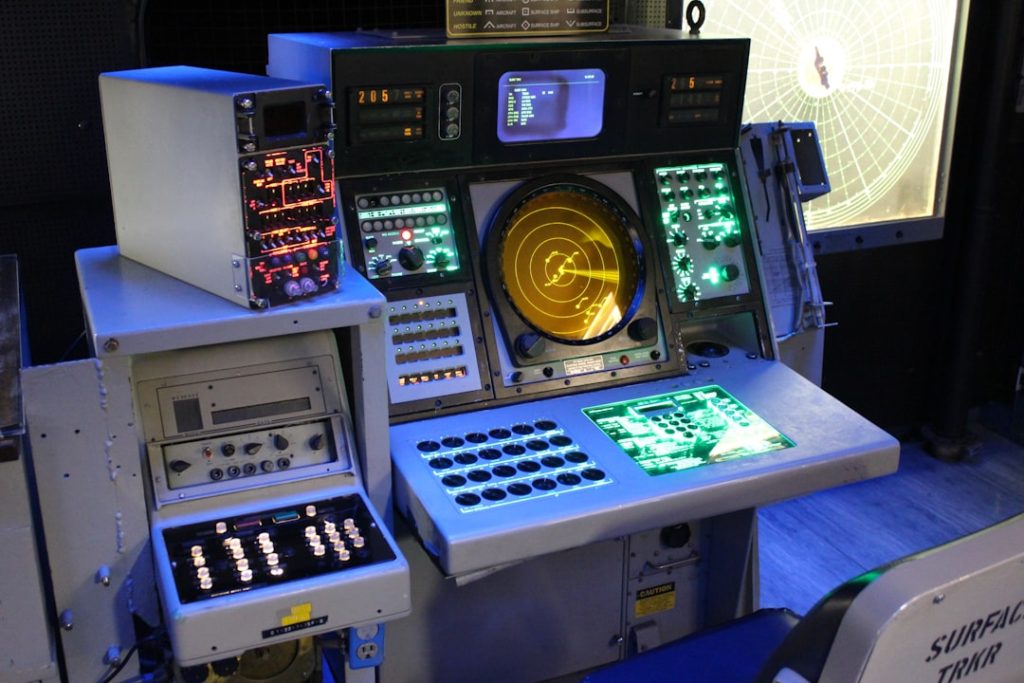Space exploration has long captivated the human imagination, serving as a frontier for scientific discovery and technological innovation. At the heart of this endeavor lies a group of highly specialized professionals: spacecraft engineers. These engineers are pivotal in transforming ambitious visions of space travel into tangible realities.
Their expertise encompasses a wide range of disciplines, including mechanical, electrical, and software engineering, all of which converge to create the sophisticated systems that allow spacecraft to operate in the harsh environment of space. Without their contributions, many of the milestones in space exploration, from the Apollo moon landings to the Mars rovers, would not have been possible. The role of spacecraft engineers extends beyond mere technical proficiency; they are also problem solvers and innovators.
As missions become more complex and ambitious—such as plans for human settlement on Mars or the exploration of distant exoplanets—the demand for skilled engineers who can navigate the intricacies of spacecraft design and operation becomes increasingly critical. Their work not only ensures the safety and success of missions but also pushes the boundaries of what is technologically feasible. By developing new materials, propulsion systems, and autonomous technologies, spacecraft engineers are at the forefront of a revolution that could redefine humanity’s place in the cosmos.
Key Takeaways
- Spacecraft engineers play a crucial role in advancing space exploration by designing, building, and maintaining spacecraft for various missions.
- To become a spacecraft engineer, one must pursue a degree in aerospace engineering or a related field, gain practical experience through internships, and continue professional development through certifications and advanced degrees.
- Spacecraft engineers are responsible for the design and construction of spacecraft, including propulsion systems, communication systems, and structural components, to ensure successful space missions.
- The challenges and responsibilities of spacecraft engineers include managing complex projects, ensuring safety and reliability, and staying updated on technological advancements in the field.
- The future of spacecraft engineering involves technological advancements such as 3D printing, artificial intelligence, and advanced materials, as well as collaboration with international partners for ambitious space exploration missions.
The Educational and Professional Path to Becoming a Spacecraft Engineer
Becoming a spacecraft engineer typically requires a strong educational foundation in engineering or a related field. Most professionals in this area hold at least a bachelor’s degree in aerospace engineering, mechanical engineering, or electrical engineering. These programs provide students with essential knowledge in physics, mathematics, and engineering principles, as well as specialized courses that focus on aerodynamics, propulsion systems, and spacecraft design.
Many universities also offer hands-on experience through labs and projects that simulate real-world engineering challenges. In addition to formal education, aspiring spacecraft engineers often pursue internships or co-op programs with aerospace companies or government agencies like NASA or ESA (European Space Agency). These experiences are invaluable, as they allow students to apply theoretical knowledge in practical settings while gaining insights into the industry’s demands and expectations.
After obtaining a degree, many engineers choose to further their education by pursuing a master’s degree or even a Ph.D., which can open doors to advanced research positions or specialized roles within organizations focused on cutting-edge space technologies.
The Role of Spacecraft Engineers in Designing and Building Spacecraft

Spacecraft engineers play a multifaceted role in the design and construction of spacecraft. Their responsibilities begin with conceptualizing the mission objectives and translating them into technical specifications. This process involves extensive collaboration with scientists, mission planners, and other engineers to ensure that all aspects of the mission are considered.
For instance, when designing a rover for Mars exploration, engineers must account for the planet’s atmosphere, surface conditions, and potential hazards while also integrating scientific instruments that will collect valuable data. Once the design phase is complete, spacecraft engineers oversee the construction process, which involves selecting materials that can withstand extreme temperatures and radiation levels encountered in space. They also develop intricate systems for power generation, communication, and navigation.
For example, engineers working on the James Webb Space Telescope had to devise innovative solutions for its sunshield—a critical component designed to protect sensitive instruments from solar radiation while maintaining optimal operating temperatures. This level of detail is crucial; even minor oversights can lead to mission failure.
The Challenges and Responsibilities of Spacecraft Engineers
| Challenges | Responsibilities |
|---|---|
| Designing spacecraft that can withstand extreme conditions | Ensuring the structural integrity and safety of the spacecraft |
| Navigating through space and avoiding collisions | Developing and implementing navigation systems |
| Managing power and energy resources | Designing efficient power systems and managing energy consumption |
| Communicating with spacecraft over long distances | Developing and maintaining communication systems |
| Dealing with the effects of microgravity on spacecraft systems | Designing systems that can operate in microgravity environments |
The path of a spacecraft engineer is fraught with challenges that require not only technical acumen but also resilience and adaptability. One significant challenge is managing the constraints imposed by budgetary limitations and tight timelines. Space missions often involve substantial financial investments, and engineers must find ways to deliver high-quality results within these constraints.
This necessitates innovative thinking and efficient project management skills to ensure that every aspect of the mission is executed flawlessly. Moreover, spacecraft engineers must navigate the complexities of testing and validation processes. Before any spacecraft is launched, it undergoes rigorous testing to simulate the conditions it will face in space.
This includes thermal vacuum tests, vibration tests, and integration tests to ensure that all systems function harmoniously. Engineers must meticulously analyze data from these tests to identify potential issues and make necessary adjustments. The pressure is immense; any failure during testing can lead to costly delays or even mission cancellation.
The Future of Spacecraft Engineering and Technological Advancements
As we look toward the future of space exploration, the field of spacecraft engineering is poised for significant advancements driven by emerging technologies. One area of focus is the development of reusable launch systems, which aim to reduce costs and increase access to space. Companies like SpaceX have already made strides in this direction with their Falcon 9 rocket, which can land back on Earth after delivering payloads to orbit.
This innovation not only enhances sustainability but also opens up new possibilities for frequent space missions. Additionally, advancements in artificial intelligence (AI) and machine learning are set to revolutionize spacecraft operations. Engineers are exploring ways to incorporate AI into navigation systems, allowing spacecraft to make real-time decisions based on environmental data without human intervention.
This capability could be particularly beneficial for long-duration missions where communication delays with Earth make real-time control impractical. As these technologies mature, they will enable more ambitious missions, such as crewed missions to Mars or deep-space exploration beyond our solar system.
Collaboration and Teamwork in Spacecraft Engineering Projects

Collaboration is a cornerstone of successful spacecraft engineering projects. Given the complexity of modern space missions, engineers must work closely with multidisciplinary teams that include scientists, software developers, project managers, and even artists who contribute to public outreach efforts. Effective communication among team members is essential for ensuring that everyone is aligned with mission goals and timelines.
For instance, during the development of NASA’s Artemis program aimed at returning humans to the Moon, engineers from various disciplines collaborated to design the Orion spacecraft and its launch system. This collaboration involved regular meetings where team members shared updates on their progress and addressed any challenges they faced. Such teamwork fosters an environment where innovative ideas can flourish, ultimately leading to more successful outcomes.
The Impact of Spacecraft Engineers on Space Missions and Discoveries
The contributions of spacecraft engineers have had profound impacts on our understanding of the universe. Their work has enabled groundbreaking missions that have expanded our knowledge of planetary systems, astrobiology, and cosmology. For example, the Voyager missions—launched in 1977—were made possible by the ingenuity of spacecraft engineers who designed robust systems capable of operating for decades in deep space.
The data collected by Voyager has provided invaluable insights into our solar system’s outer planets and beyond. Moreover, spacecraft engineers play a crucial role in ensuring that scientific instruments aboard spacecraft function optimally. The Mars Science Laboratory mission’s Curiosity rover is a prime example; its suite of scientific instruments was meticulously designed by engineers to analyze Martian soil and atmosphere.
The data gathered has not only advanced our understanding of Mars but has also sparked discussions about the potential for past life on the planet.
The Ethical and Environmental Considerations in Spacecraft Engineering
As humanity ventures further into space, ethical considerations surrounding spacecraft engineering become increasingly important. Engineers must grapple with questions about the environmental impact of space missions—both on Earth and beyond. The launch of rockets generates significant emissions and contributes to atmospheric pollution; thus, there is a growing emphasis on developing greener propulsion technologies that minimize environmental harm.
Furthermore, as we explore celestial bodies like Mars or asteroids for potential resources, ethical dilemmas arise regarding planetary protection and contamination. Spacecraft engineers must adhere to strict protocols designed to prevent biological contamination of other worlds while ensuring that scientific exploration can proceed responsibly. This balance between exploration and preservation is critical as we seek to expand our presence in space while respecting the integrity of other celestial environments.
In conclusion, spacecraft engineers are indispensable to the ongoing journey of human exploration beyond our planet. Their expertise not only drives technological advancements but also shapes our understanding of the universe while navigating complex ethical landscapes. As we look ahead to future missions and discoveries, their role will undoubtedly continue to evolve alongside our aspirations for space exploration.


